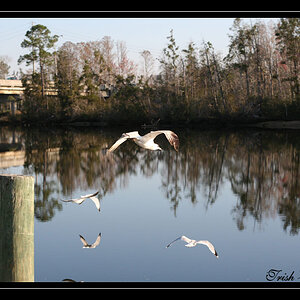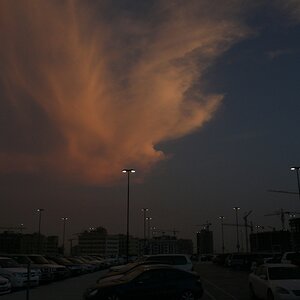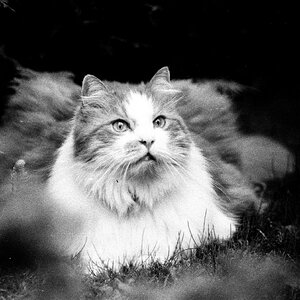- Joined
- Dec 16, 2003
- Messages
- 33,896
- Reaction score
- 1,853
- Location
- Edmonton
- Website
- www.mikehodson.ca
- Can others edit my Photos
- Photos NOT OK to edit
I have found this to be the case most times.Would I be correct in saying that when shooting RAW there is a tiny bit more latitude than the histogram is telling me
Also, remember that different cameras use different methods from creating the histogram, you might have usable data on a different channel than what is used for the histogram.
Last edited:



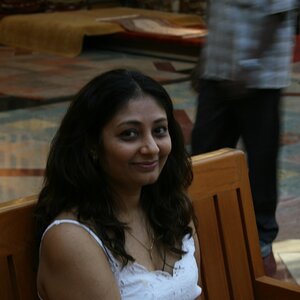
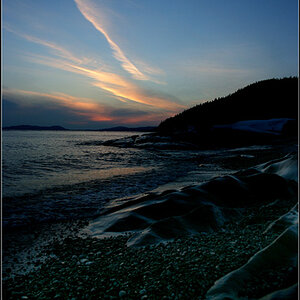
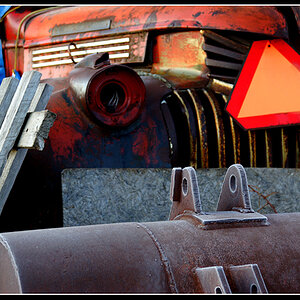
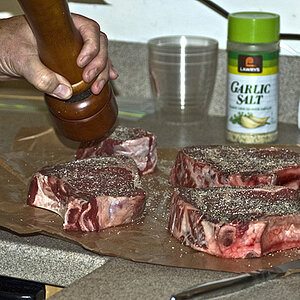
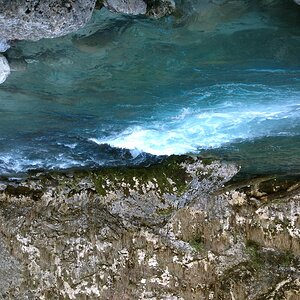
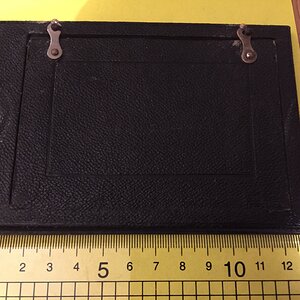
![[No title]](/data/xfmg/thumbnail/32/32698-38e2346942223e17b43fb958f66064c1.jpg?1619735601)
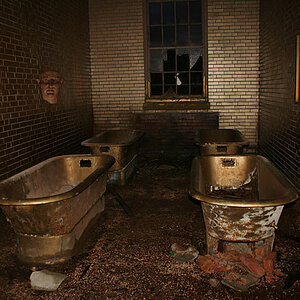
![[No title]](/data/xfmg/thumbnail/37/37603-739c5d9b541a083a12f2f30e45ca2b7b.jpg?1619738147)
